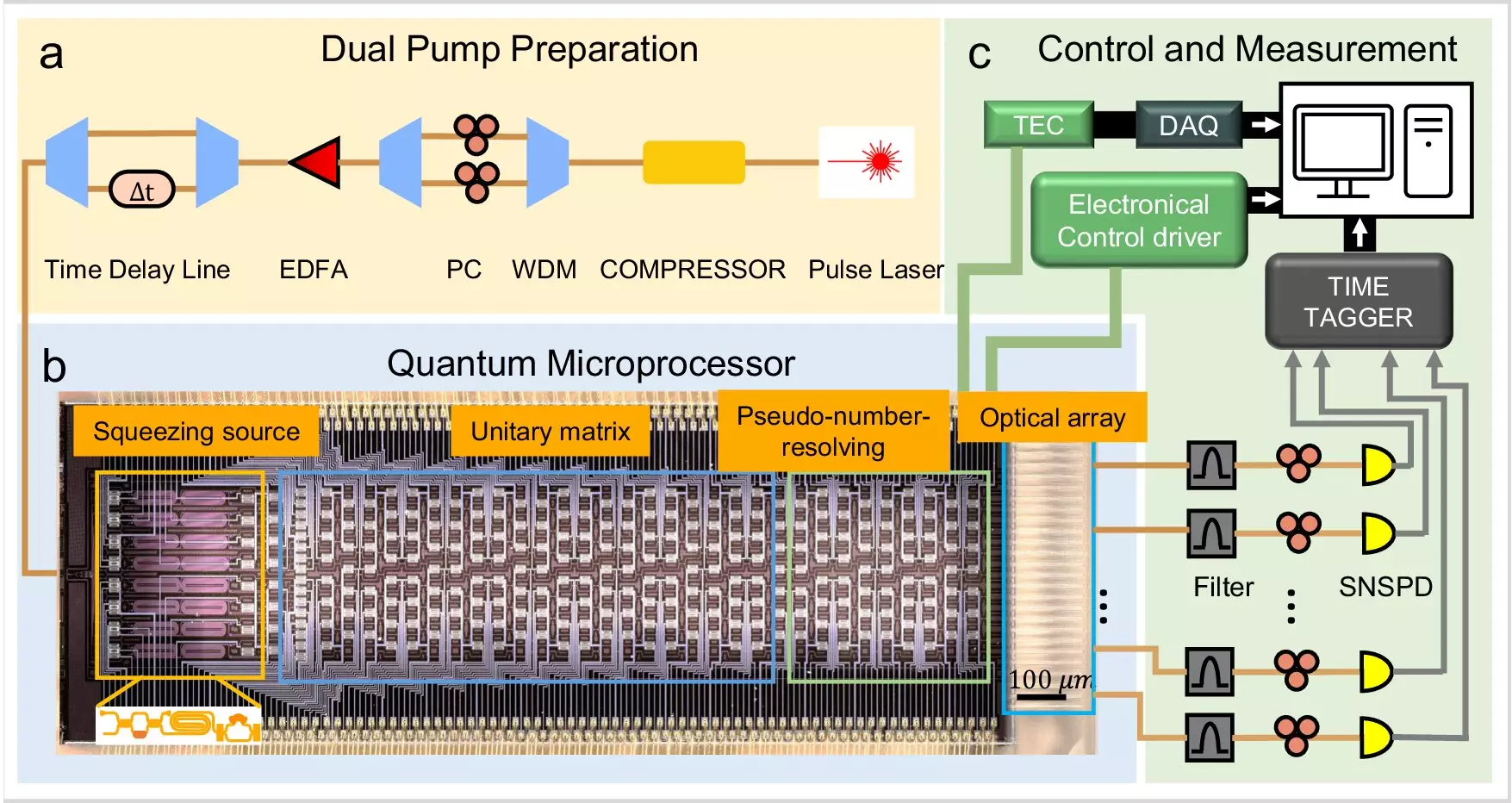The advent of quantum simulation stands at the forefront of technological innovation, enabling researchers to explore and model complex systems that classical computing methods have struggled to analyze effectively. In a variety of fields—ranging from biotechnology and pharmaceuticals to finance—quantum computers are poised to reshape existing paradigms. By leveraging quantum phenomena such as superposition and entanglement, scientists are beginning to unlock computational capabilities that were previously deemed unreachable. This article delves into the critical advancements made in quantum simulation, particularly in molecular spectroscopy, and examines the broader implications for quantum technology.
At the heart of molecular design and analysis lies the understanding of molecular vibronic spectra, which describes how molecular vibrations inform properties such as energy levels and interactions with light. Unfortunately, accurately modeling these complex vibrational properties using classical supercomputers is often inefficient and riddled with limitations. Traditional computational methods consistently encounter difficulties due to the intricacies involved in modeling larger molecular structures. As research advances, scientists have identified that quantum computing holds the potential to overcome these obstacles, leading to more precise simulations of molecular systems.
Researchers at The Hong Kong Polytechnic University (PolyU) have made a remarkable breakthrough in this domain. They have developed a pioneering quantum microprocessor chip specifically designed for molecular spectroscopy simulations involving complex and large structured molecules. This represents a monumental leap in the capabilities of quantum technology, demonstrating that researchers can now tackle intricate quantum chemistry problems that were previously out of reach.
The new quantum microprocessor chip, a world’s first, is built on a large-scale photonic network that utilizes squeezed vacuum states to conduct simulations of molecular vibronic spectra. This innovative approach allows for the modeling of molecular interactions with significantly greater precision. The research team’s strategy entails a sophisticated integration of various technologies, including optical-electrical-thermal packaging and a fully programmable system architecture that encompasses both hardware and software components.
Led by Professor Liu Ai-Qun and driven by the expertise of Dr. Zhu Hui Hui, the team’s efforts culminated in the creation of a 16-qubit quantum microprocessor. The integration of this chip not only represents an important technological advance but also provides a vital framework for future applications in quantum simulation. The implications of this work are profound, as the quantum microprocessor lays the groundwork for simulating complicated tasks such as the dynamics of large protein structures and the optimization of molecular reactions.
The ramifications of advancements in quantum simulation technology are vast, spanning various sectors and scientific disciplines. For instance, in the realm of pharmaceutical research, the ability to conduct precise simulations can expedite drug discovery, enabling the identification of promising drug candidates in considerably less time than traditional methods would allow. Furthermore, the integration of quantum machine learning techniques, such as graph classification, could enhance the prediction of molecular interactions and foster more effective computational strategies.
As the field of quantum technologies evolves, the current research lays the foundation for future explorations that could benefit society at large. The capability to handle tasks that transcend classical computing limits signifies the onset of a new era in computational technology. Professor Liu emphasizes that their research is deeply inspired by the potential real-world applications that quantum simulation technologies could yield, inspiring optimism for further innovations.
The Road Ahead: Scaling Up Quantum Technologies
Looking to the future, the team at PolyU aims to scale the microprocessor and tackle even more intricate applications. The ambition to solve increasingly complex challenges highlights the transformative potential of quantum simulation in addressing social and industrial needs. The successful demonstration of this quantum microprocessor chip is identified not just as an academic accomplishment but as a defining moment in advancing quantum technologies.
The groundbreaking research conducted at PolyU provides a glimpse into the future of quantum simulation, emphasizing the importance of this technology in pushing the boundaries of scientific inquiry and practical applications. As quantum computing continues to evolve, its impact will resonate through various fields, transforming our understanding of complex systems and revolutionizing industries.

